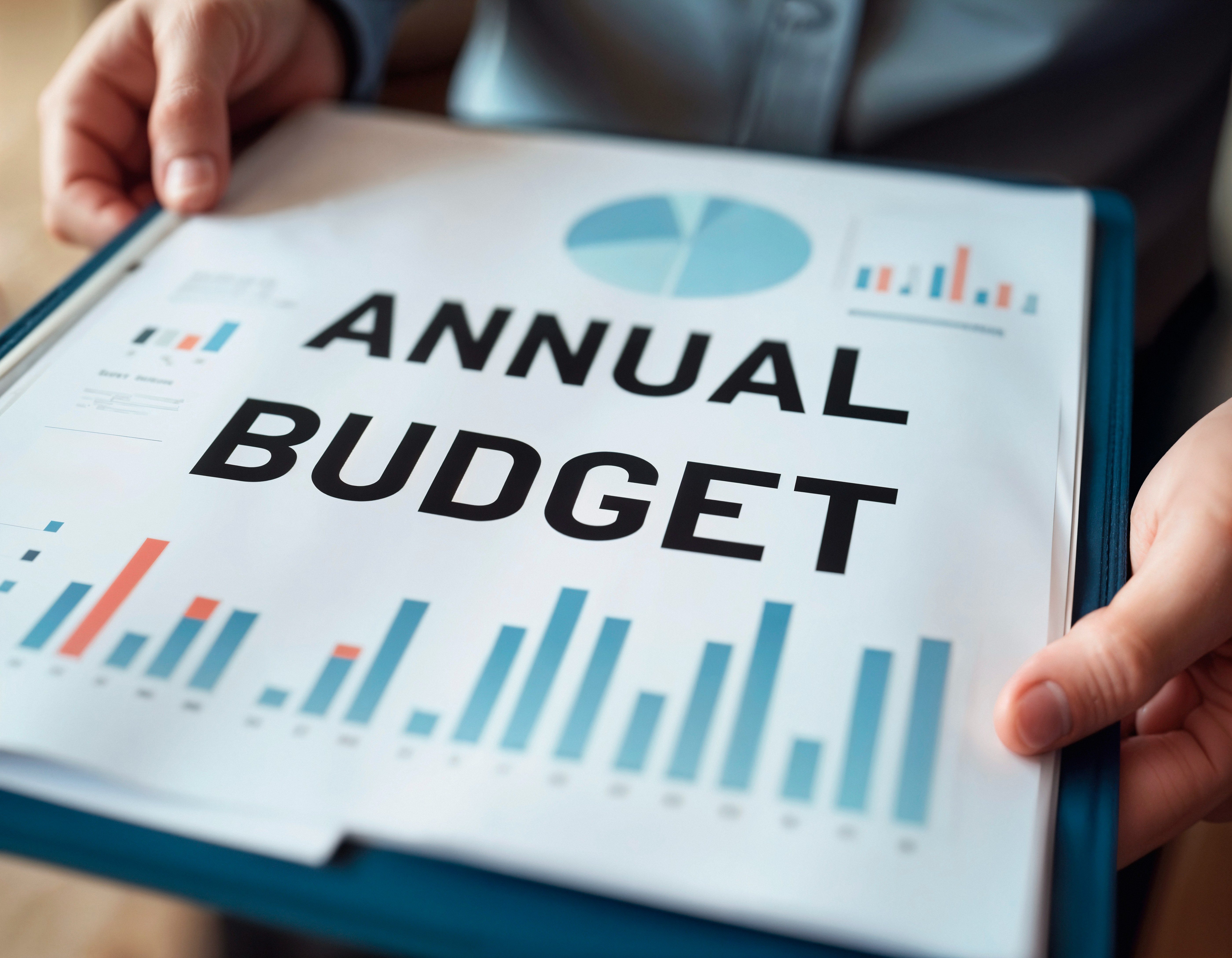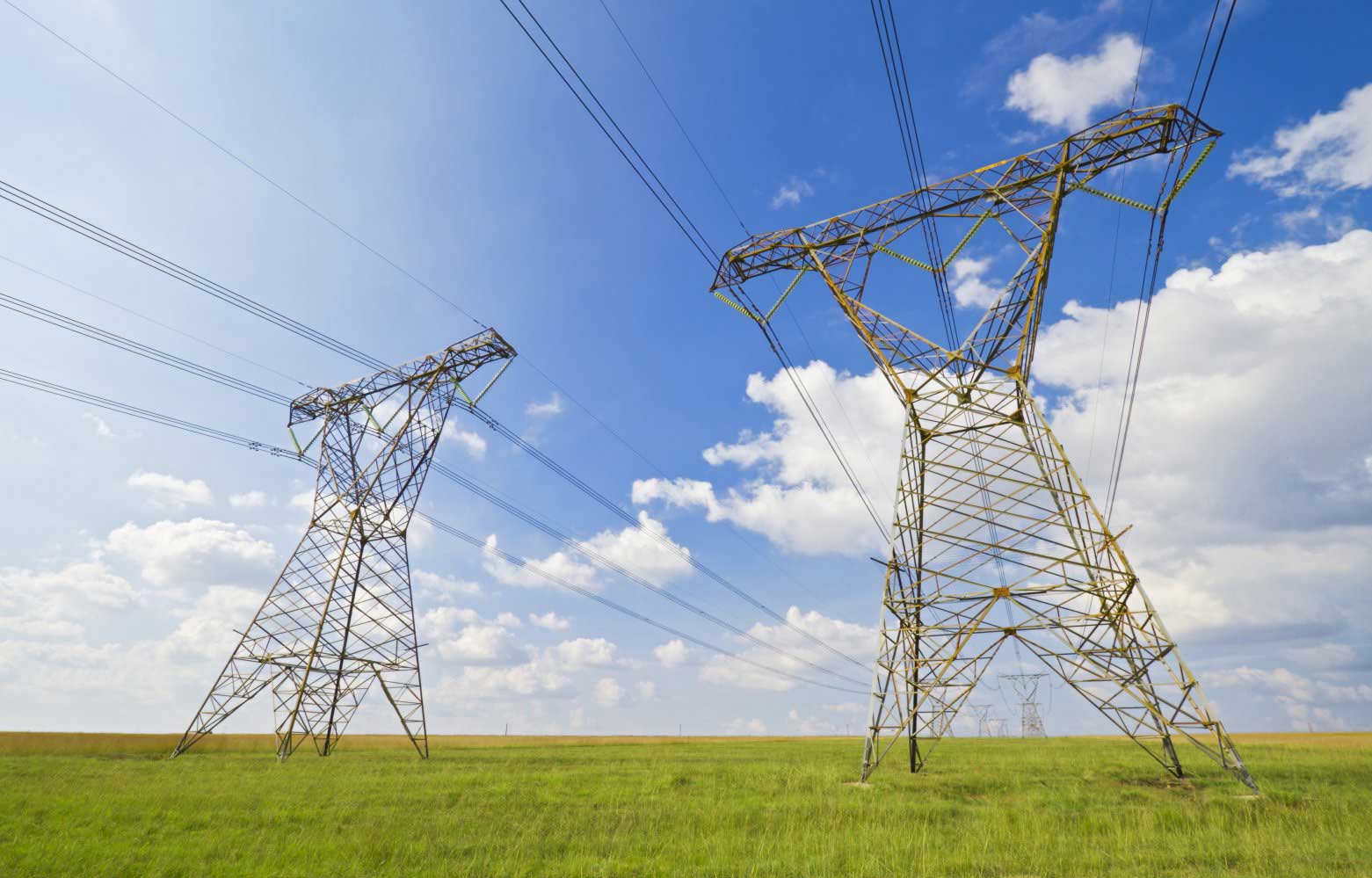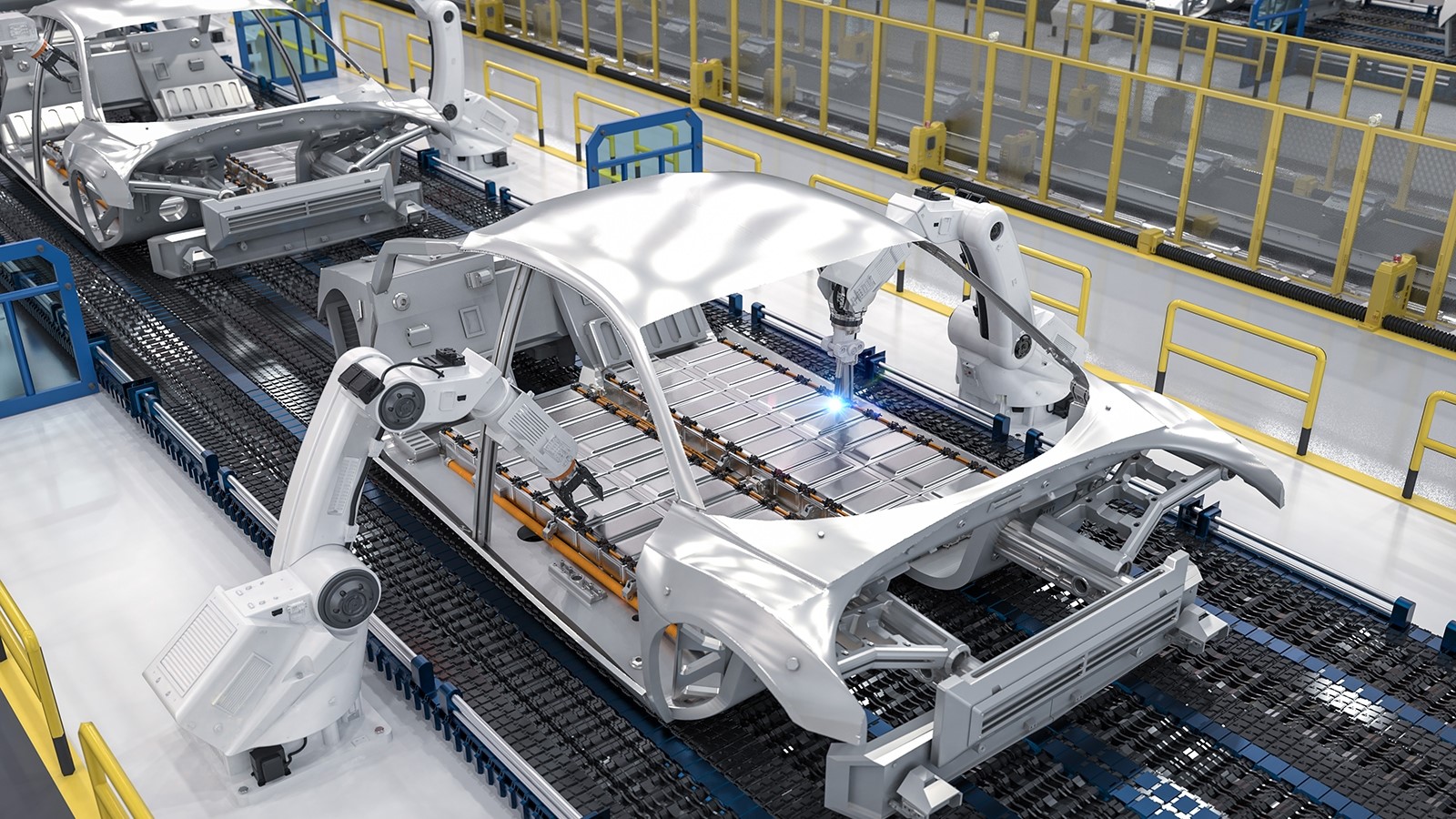NATIONAL ELECTRIC MOBILITY ROADMAP-GHANA
By 2035 Ghana aims to ensure that 60% of the government’s vehicle fleet is comprised of electric vehicles
ROADMAP FOR ELECTRIC BUSES IN GHANA
E-buses are one of the emerging technologies that offer opportunities to design an efficient
transport system in terms of technology and fuel shift and economic incentives that can strongly contribute to
economic transformation. The Ministry of Transport has proposed various targets for deployment and diffusion of
the e-intracity bus technology.
The government has committed to introducing one-thousand (1,000) electric buses
and related charging and maintenance infrastructure for intra-city (40%) and intercity (60%) transport services
within the short term period.
The first phase involves the supply, operation and maintenance of five hundred
(500)
Complete Built Unit (CBU) electric buses for intra and intercity transport services which would be delivered in
five (5) batches. The second phase involves the supply of five hundred (500) Semi-Knocked-Down (SKD) buses and
assembly in Ghana in partnership with local assemblers.
In November 2024, Ghana rolled out its first batch e-Buses
Ghana made history with the commissioning of its first batch of electric buses for Metro Mass Transit Limited. The initiative marks a significant shift towards a more sustainable and innovative public transportation system.
Implementation Phases for the National Electric Mobility Plan:
Phase I: (2024-2026)- This phase will be the preparatory phase. The key focus will be on addressing the challenges & barriers to EV uptake
Key activities during this phase would include-
- Establishment of the Climate Change Unit
- Establishment of the regulatory framework
- Development of standards & protocols for charging infrastructure to ensure inter-operability
- Incorporating EVSE into Building Code Regulation
- Establishment of incentives: financial & non-financial
- Mobilization of funds to finance incentives
- Development of human capital for the electric vehicles value chain
- Building the capacity of Ghana National Fire Service to manage EV related fires
- Addressing electricity supply issues including grid stability, grid congestion pressures etc.
- Development of standards & regulations for converting internal combustion engine vehicles to electric vehicles
- Public education & awareness creation
Phase II: (2027-2035)- The principal objective of this phase is to ensure a successful take-off & successful transition to EVs in Ghana. The target is that by the end of this phase EV penetration rate will be 35%.
Principle activities during this phase would include –
- Provision of information on EVs & associated benefits
- Ensuring secure, resilient & sustainable EV supply chains
- Implementation of incentives for consumers & suppliers: low-interest loans
- Implementation of incentives for electric vehicle supply equipment (EVSE). EVSE supplies electricity to an electric vehicles. EVSE systems include electrical conductors, related equipment, software &communications protocols that deliver energy efficiently & safely to the vehicle. These are classified as Level I (120 volts AC).Level 2 (240 volts AC) & DC fast charger (480 volts DC & higher)
- Promotion of battery swapping stations
- Procurement of EVs by the government institutions: 60% of the government vehicles fleet to be EVs by 2035.
- Procurement of EVs by government institutions:60% of government vehicles fleet to be EVs by 2035
- Procurement of EVSE by public institutions: 100% of MDAs & MMDAs have EVSE
- Ensuring charging infrastructure roll out at homes & private workplaces
- Promoting assembling of EVs in Ghana
- Supporting production of lithium-ion batteries in Ghana
- Promoting collaboration with countries in the sub-region for the adoption of EVs
- Supporting electrifications of ICEs
- Encouraging public transport operators to move to EVs
- Promoting PPP investment for EV charging infrastructure
- Data analysis & research to provide relevant information to support decision-making related EV transition
- Phase III: (2036-2045)- During this phase, efforts will be made to ensure that by the year 2045 no new petrol or diesel vehicles would be sold or imported into Ghana
- Gradually phase out the incentives for promoting EV uptake
- Strengthen efforts to assemble EVs in Ghana
- Consolidate Ghana’s position as the hub for the supply of lithium-ion batteries
- Strengthen public education on plans to phase out the sale of ICE vehicles in Ghana
- Ensure that the government vehicle fleet will be 100% EVs by the year 2040
- Strengthen Customs Division to seal all potential loopholes for entry of ICEs into Ghana
- Continue to support the electrification of ICEs into Ghana
- Continue efforts to ensure a stable & adequate supply of electricity to support EV transition
Policy Goals and Prioritized Measures
| Policy Goal | Prioritized Policy Measures |
|---|---|
| Economic & fiscal measures | Affordable financing mechanisms, incentives and targeted subsidies |
| Affordable and special electricity (energy) tariff for charging EVs | |
| Infrastructural measures | Installation of intra-city and inter-city charging points |
| Garages, maintenance workshops and training centres | |
| Traffic management: Contraflow bus lanes and dedicated bus lanes | |
| Technical measures | More extended range and battery capacity |
| Skills development, retrofitting of ICEVs, and low-carbon technology transfer | |
| Institutional framework, policy and regulatory measures | Review of the Harmonized System (HS) Customs code |
| Standardization, licensing and certification of EVs and related components | |
| Research, capacity building, assembly and manufacturing | |
| Energy security/ renewable EV charging and battery storage facilities, recycling and end-of-life disposal systems | |
| Social measures | Procuring, piloting and testing EVs |
| Roadmap on EV awareness creation and campaigns | |
| Local EV development measures to accelerate the uptake of EVs | Review and adapt the Ghana Automotive Development Policy for ICEVs to provide enabling environment for local start-ups |
| Establish an assembling plant and ensure local content and automotive standards are enforced in the domestic industry |




